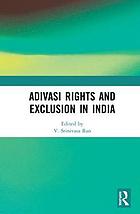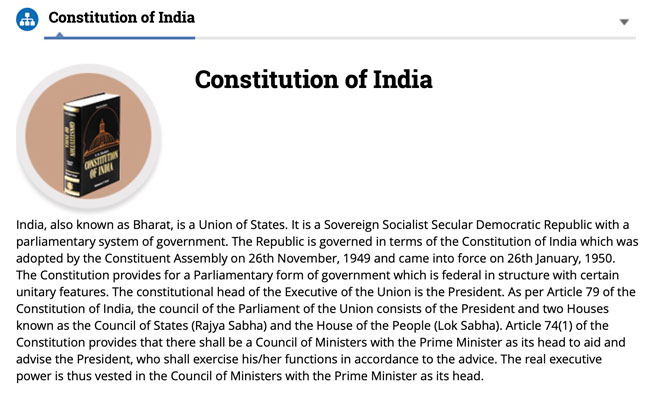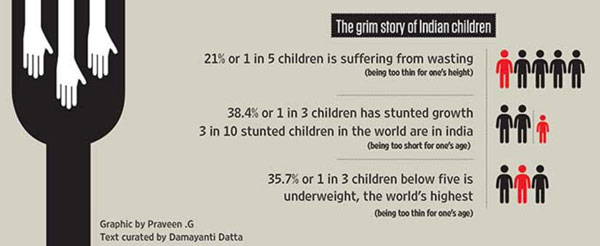The National Commission for Protection of Child Rights (NCPCR) was set up in March 2007 under the Commissions for Protection of Child Rights (CPCR) Act, 2005, an Act of Parliament (December 2005). National Commission for Protection of Child Rights (NCPCR) is a statutory body under the Commissions for Protection of Child Rights (CPCR) Act, 2005 under the administrative control of the Ministry of Women & Child Development ,Government of India. The Commission’s Mandate is to ensure that all Laws, Policies, Programmes, and Administrative Mechanisms are in consonance with the Child Rights perspective as enshrined in the Constitution of India and also the UN Convention on the Rights of the Child. The Child is defined as a person in the 0 to 18 years age group.
Source: National Commission for Protection of Child Rights
Address: https://ncpcr.gov.in/
Date Visited: 15 September 2021

This volume examines the processes and impacts of exclusion on the Adivasis (tribal or indigenous people) in India and what repercussions these have for their constitutional rights. The chapters explore a wide range of issues connected to the idea of exclusion — land and forest resources, habitats and livelihoods, health and disease management, gender relations, language and schooling, water resources, poverty, governance, markets and technology, and development challenges — through case studies from different parts of the country. The book argues that any laws intended to safeguard the fundamental rights of Adivasis must acknowledge the fact that their diverse and complex identities are not homogenous, and that uniform laws have failed to address their systemic marginalisation since the colonial era. This work appeals for a serious and meaningful political intervention towards tribal development. The volume will be useful to scholars and researchers of tribal and Third World studies, sociology and social anthropology, exclusion studies and development studies.
Adivasi rights and exclusion in India by V. Srinivasa Rao (Routledge, 2019)

“India, also known as Bharat, is a Union of States. It is a Sovereign Socialist Secular Democratic Republic with a parliamentary system of government.” – Constitution of India
Source: National Portal of India
Learn more about the Indian Constitution and decisions by India’s Supreme Court >>
Implementation of the Right of Children to Free and Compulsory Education Act poses the biggest challenge for the education system of India – United Nations Special Rapporteur on the Right to Education | Learn more >>

Graphic © Outlook India 26 August 2019 | Enlarge >>
“The tribal food basket has always been diverse and nutritious” >>
Childrens rights: UNICEF India >>
See also
Adivasi Academy & Museum of Adivasi Voice at Tejgadh | Lecture “A View of Higher Education in India”
Appropriate education for Adivasi children – the Vidyodaya School model at Gudalur
Childhood | Children’s books | Childrens rights: UNICEF India | Safe search
People’s Linguistic Survey of India | Volumes (PLSI) | PeoplesLinguisticSurvey.org
Multi-lingual education | Residential school | Ekalavya
Multilingual education is a pillar of intergenerational learning – Unesco
Santali education | Teaching Santal children by Boro Baski
Unesco | Unicef | Unicef India | United Nations
United Nations International Days and Weeks
Video | “Nations don’t make us human – languages make us human”: Ganesh Devy
Women | Safe search | President Droupadi Murmu on women’s empowerment